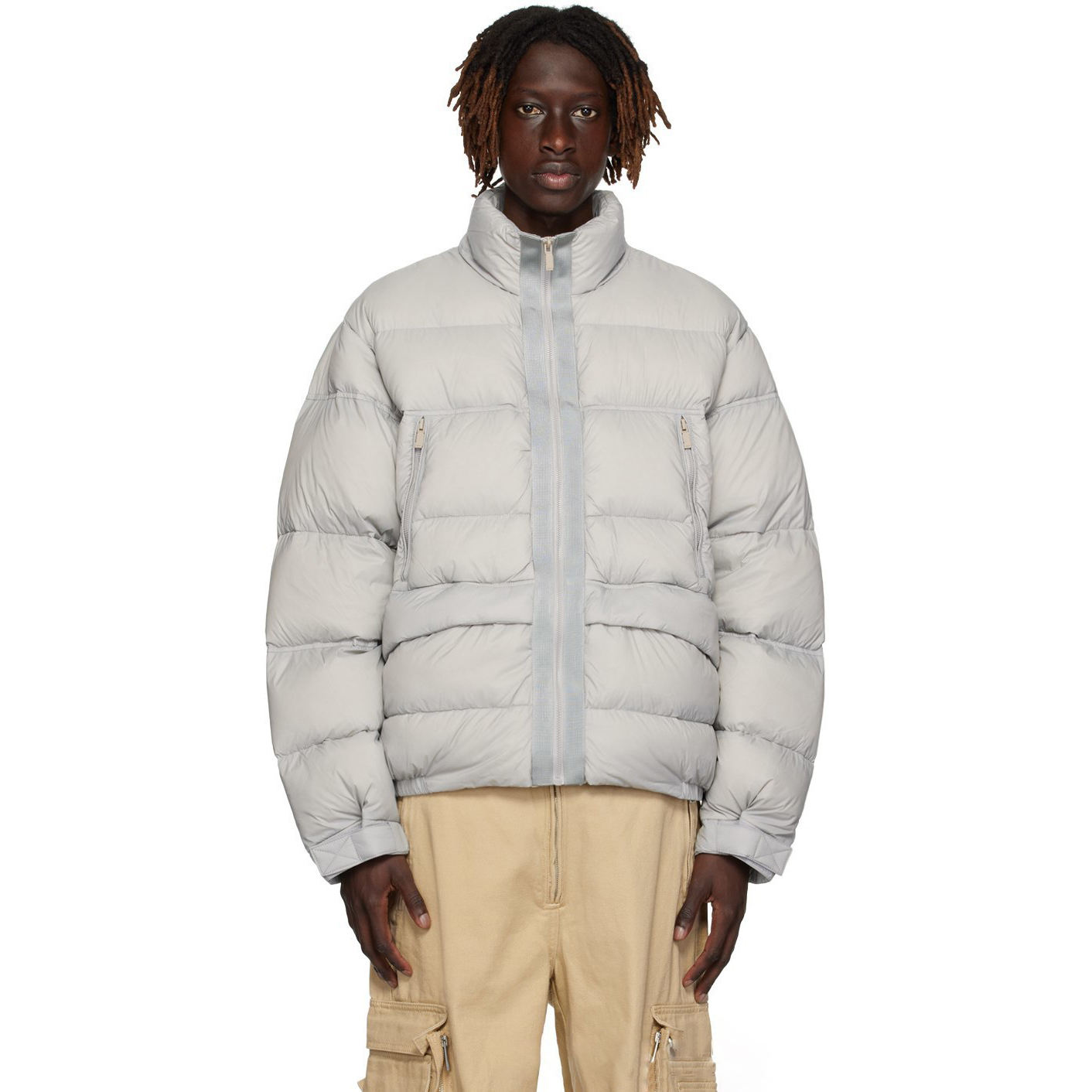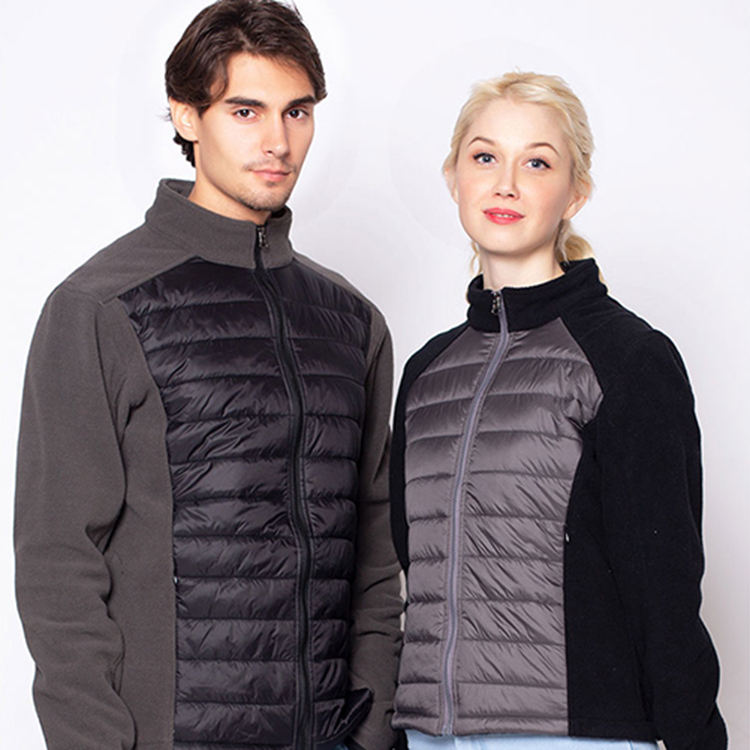How to Evaluate the Quality of a Down Jacket
When evaluating the quality of a down jacket, several factors should be considered. Firstly, the material of the jacket is crucial. It should be made from a water-resistant and windproof material to ensure protection from the elements. Secondly, the insulation provided by the down should be checked. The higher the fill power, the better the insulation. Additionally, check for any leaking or clumping of the down, as this can compromise its insulating properties. Finally, attention should be paid to the workmanship and finishing of the jacket. Look for any loose threads or sloppy stitching, which may indicate poor quality control. In conclusion, when purchasing a down jacket, one should consider its material, insulation properties, and overall construction to ensure they are getting a high-quality product.
The warmth and comfort of a down jacket are primarily determined by its insulation performance, which in turn is highly dependent on the quality of the materials used in its construction. Here are some key factors to consider when assessing the quality of a down jacket:
1、Fill Power: The fill power of down, measured in cubic inches per ounce, determines how well it insulates. Higher fill power ratings indicate better insulation and greater warmth retention. Look for jackets with high fill power, such as 600 or 700, for optimal warmth.
2、Down Content: The percentage of down used in the jacket's fill also affects its insulating capabilities. Higher down content, such as 80% or 90%, is typically more effective at retaining heat than lower content.
3、Shell Material: The shell material of the jacket affects its durability and breathability. Look for jackets with waterproof and windproof shells, such as nylon or polyester, to ensure durability and prevent wind from penetrating the jacket.

4、Insulation Distribution: The way insulation is distributed throughout the jacket affects its ability to retain heat. Look for jackets with even insulation distribution, such as those with baffles or quilting patterns, to ensure consistent warmth throughout the garment.
5、Size and Fit: The size and fit of the jacket are important for ensuring comfort and preventing heat loss through inadequate coverage. Choose a size that fits snugly but not tightly, and ensure that it covers your body adequately without restricting movement.
6、Color and Design: While color and design may not affect the jacket's performance, they are important considerations for personal taste and matching with other clothing items. Choose a color and design that suit your preferences and style.
In addition to these factors, it is also important to consider your specific needs and activities when choosing a down jacket. For example, if you are looking for a jacket for extreme cold weather conditions, you may need to prioritize higher fill power and down content over other factors. If you are looking for a lighter and more packable jacket for travel or outdoor activities, you may prefer a lower fill power but higher down content to ensure both warmth and portability.

Finally, be sure to check the care instructions and warranty information for the jacket you are considering. Quality jackets will often come with specific care instructions to ensure their longevity, and warranties can provide peace of mind in case of any manufacturing defects.
In conclusion, selecting a high-quality down jacket requires careful consideration of its fill power, down content, shell material, insulation distribution, size and fit, color and design, as well as your specific needs and activities. By prioritizing these factors and following the care instructions provided, you can ensure that you choose a down jacket that will keep you warm and comfortable for many years to come.
Articles related to the knowledge points of this article:
The semi-long down jacket: a winter essential for men and women
Title: The Great Debate:结婚领结 or 领带?
The Enigmatic Allure of Dunhuang Silk Scarves: An Ode to Chinas Timeless Craftsmanship
Title: The Art of Wrapping Roses with Silk Scarves: A Tutorial on the Ribbon Rose Method



